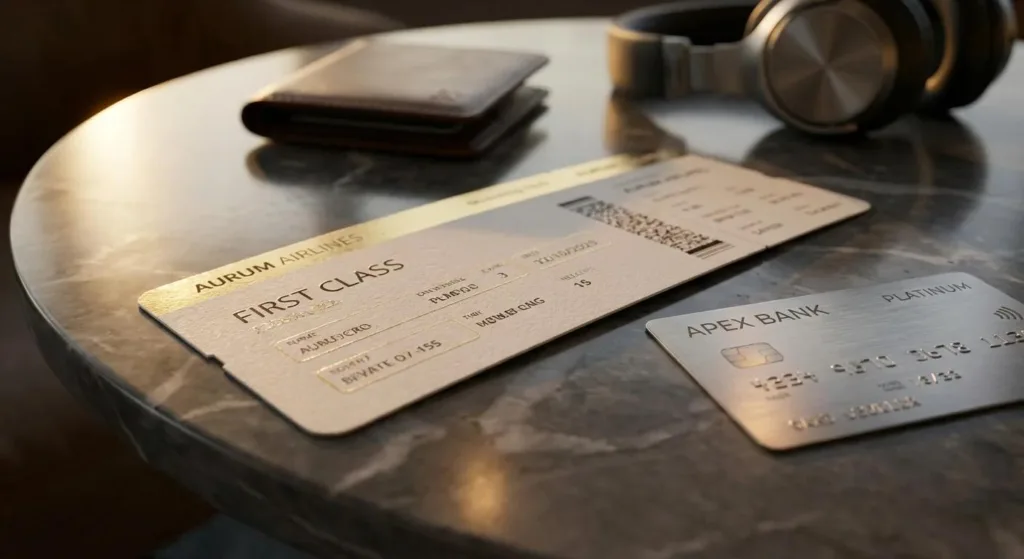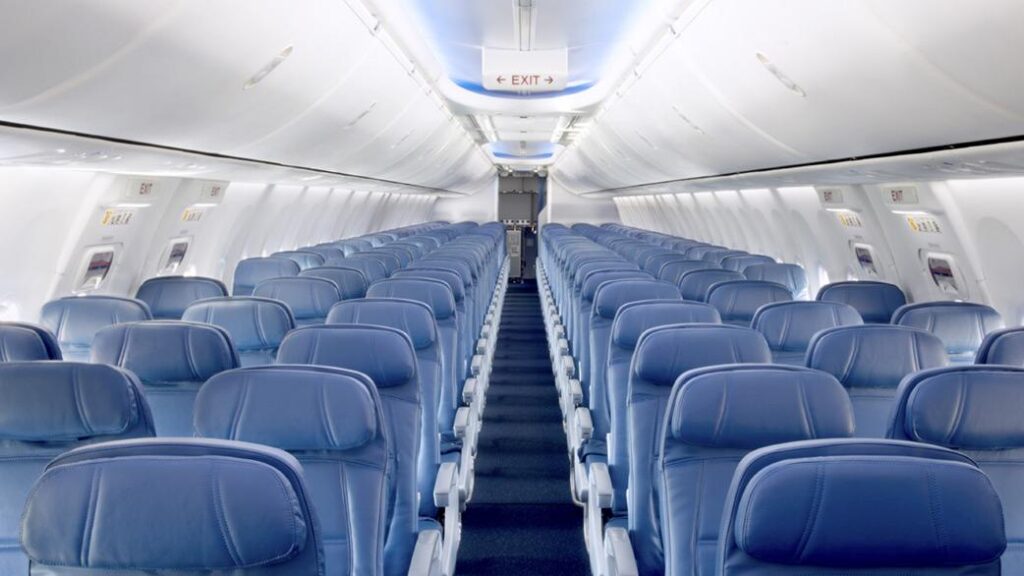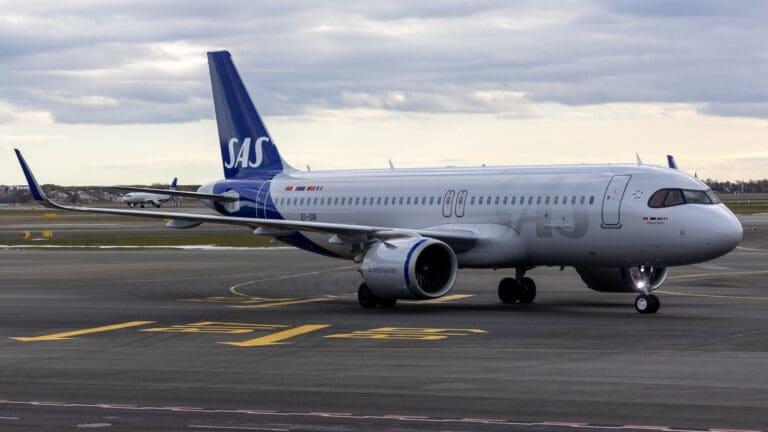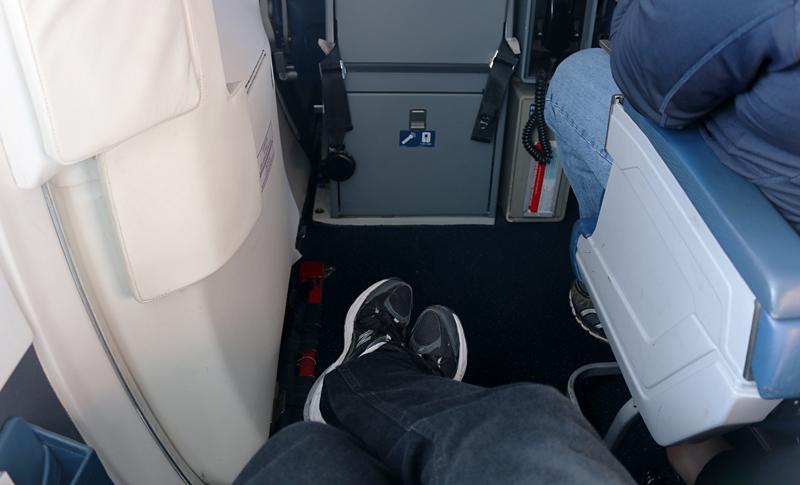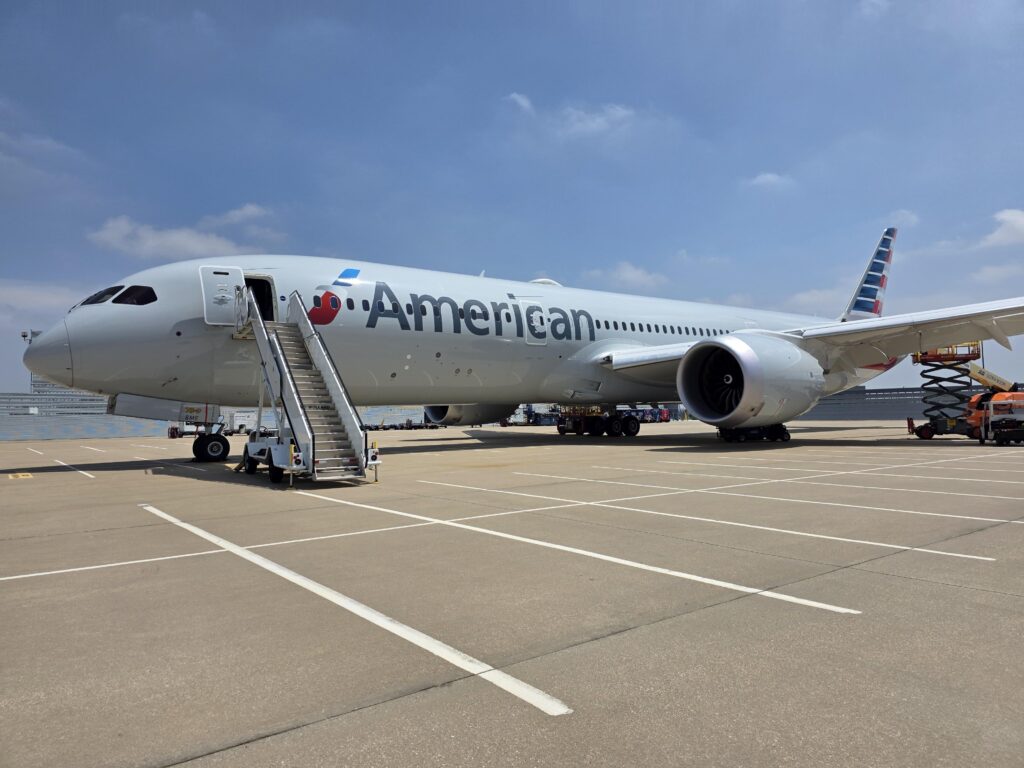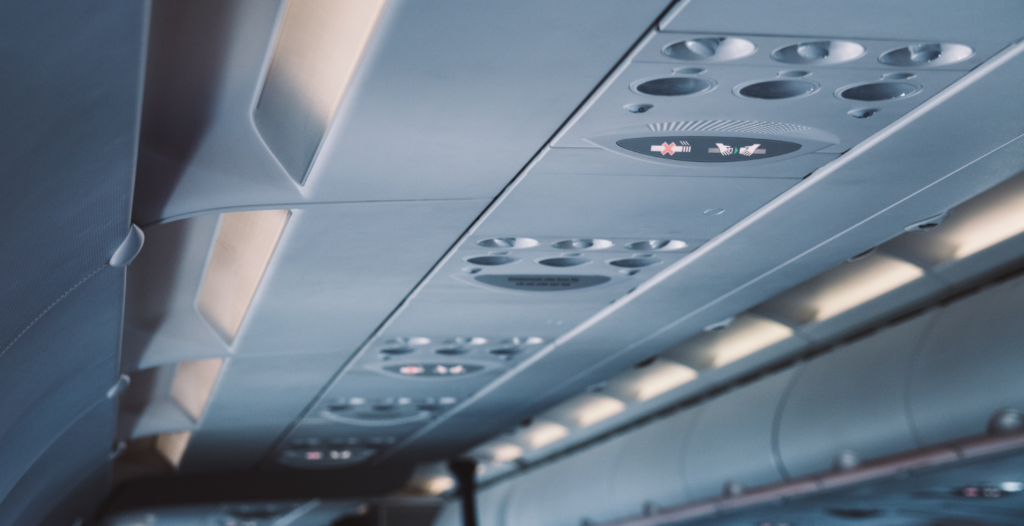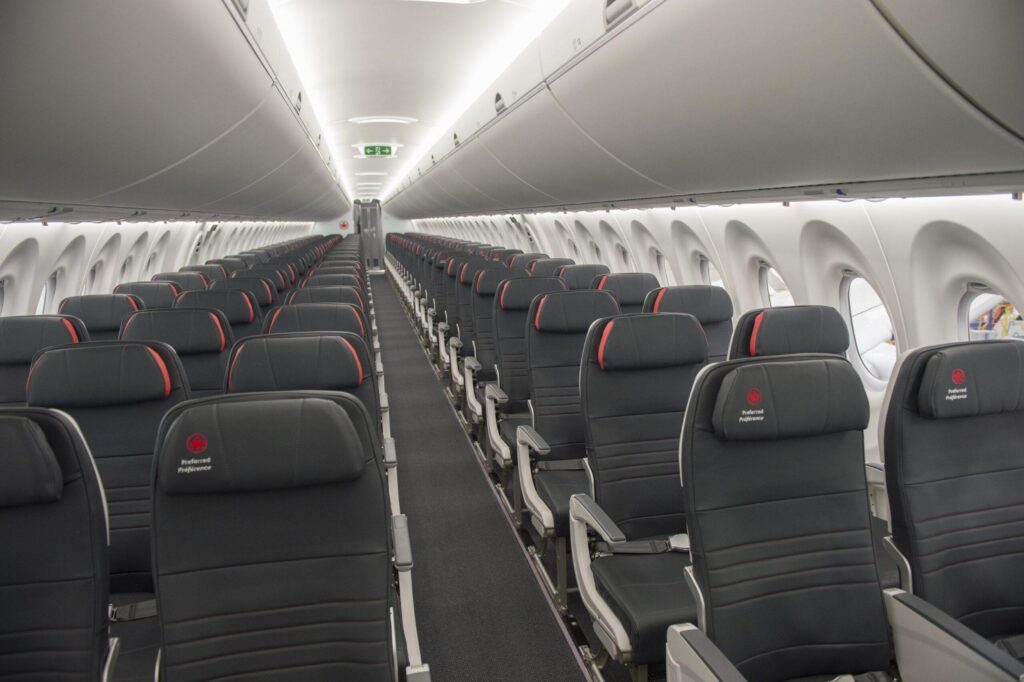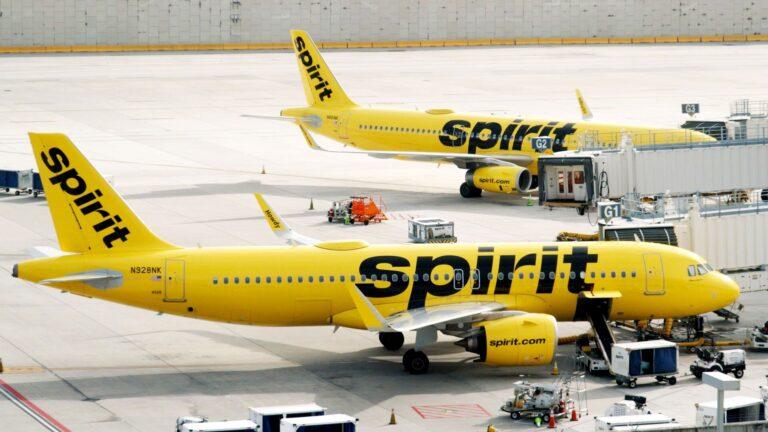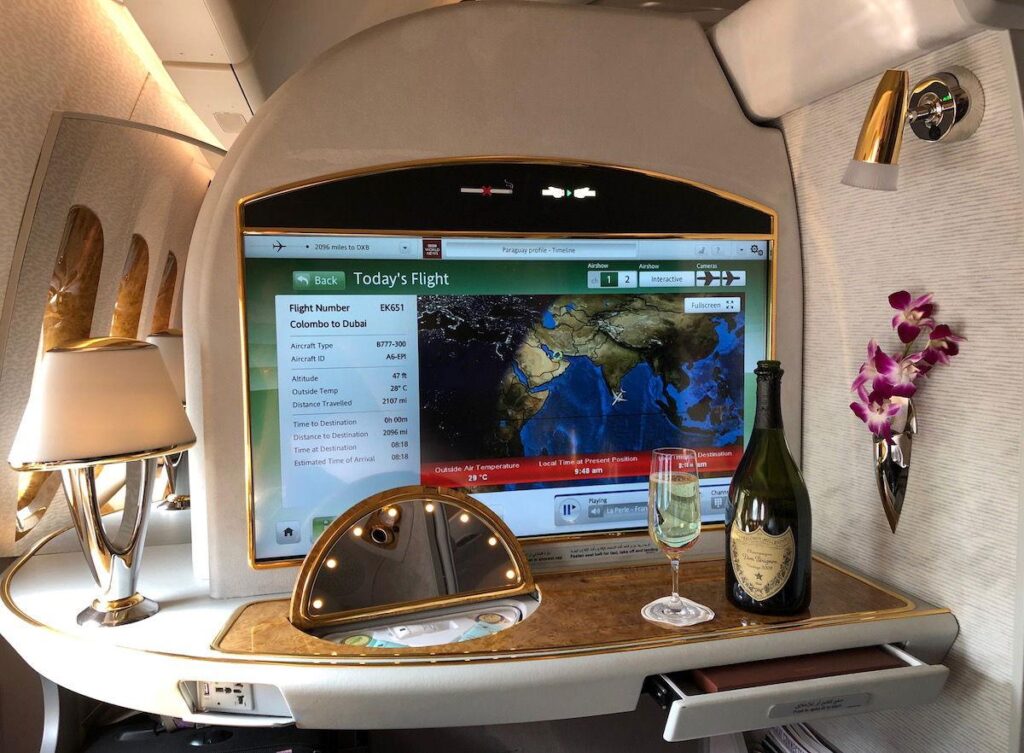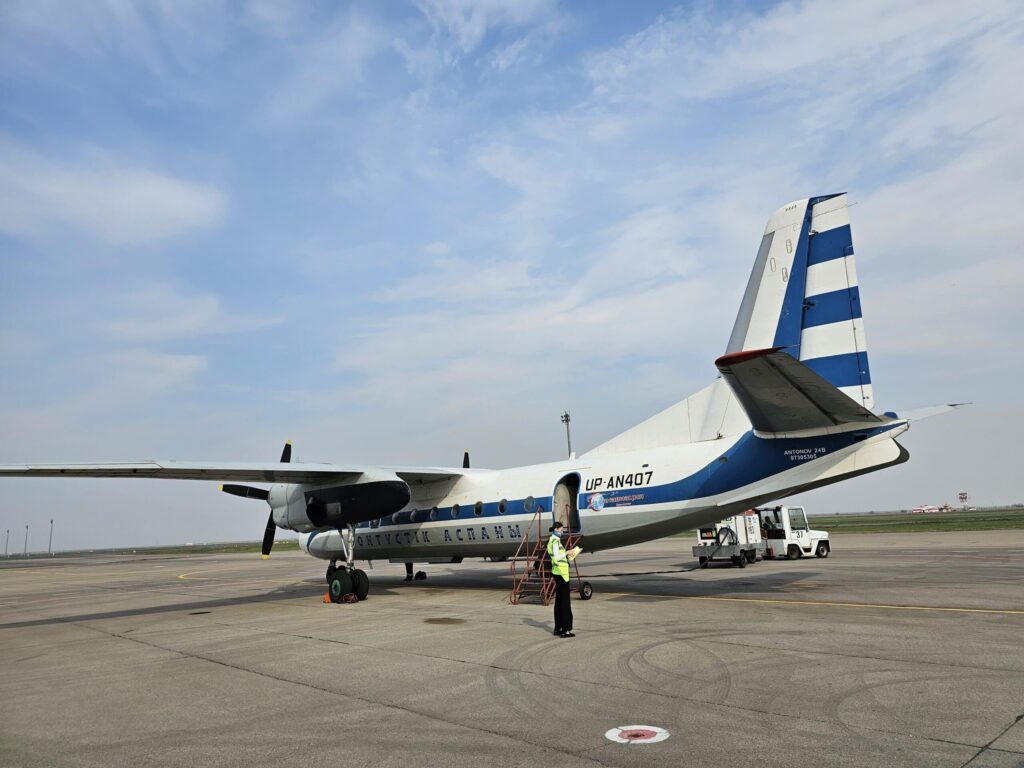
Traveling with Pets on Trains: A Comprehensive Guide
For many pet owners, planning a trip can be filled with anxiety and uncertainty. The thought of embarking on an adventure without their four-legged family member feels incomplete, yet the complexities of travel often make bringing pets along seem impossible. While air travel can be stressful and restrictive for animals, train travel emerges as a comfortable and accommodating option. With spacious cabins and scenic routes, trains provide an ideal environment for both pets and their owners. This comprehensive guide delves deep into the nuances of traveling with pets on trains, offering insights into policies, preparation strategies, and expert tips to ensure that your journey is as delightful as your destination.
Understanding Amtrak’s Pet Policy
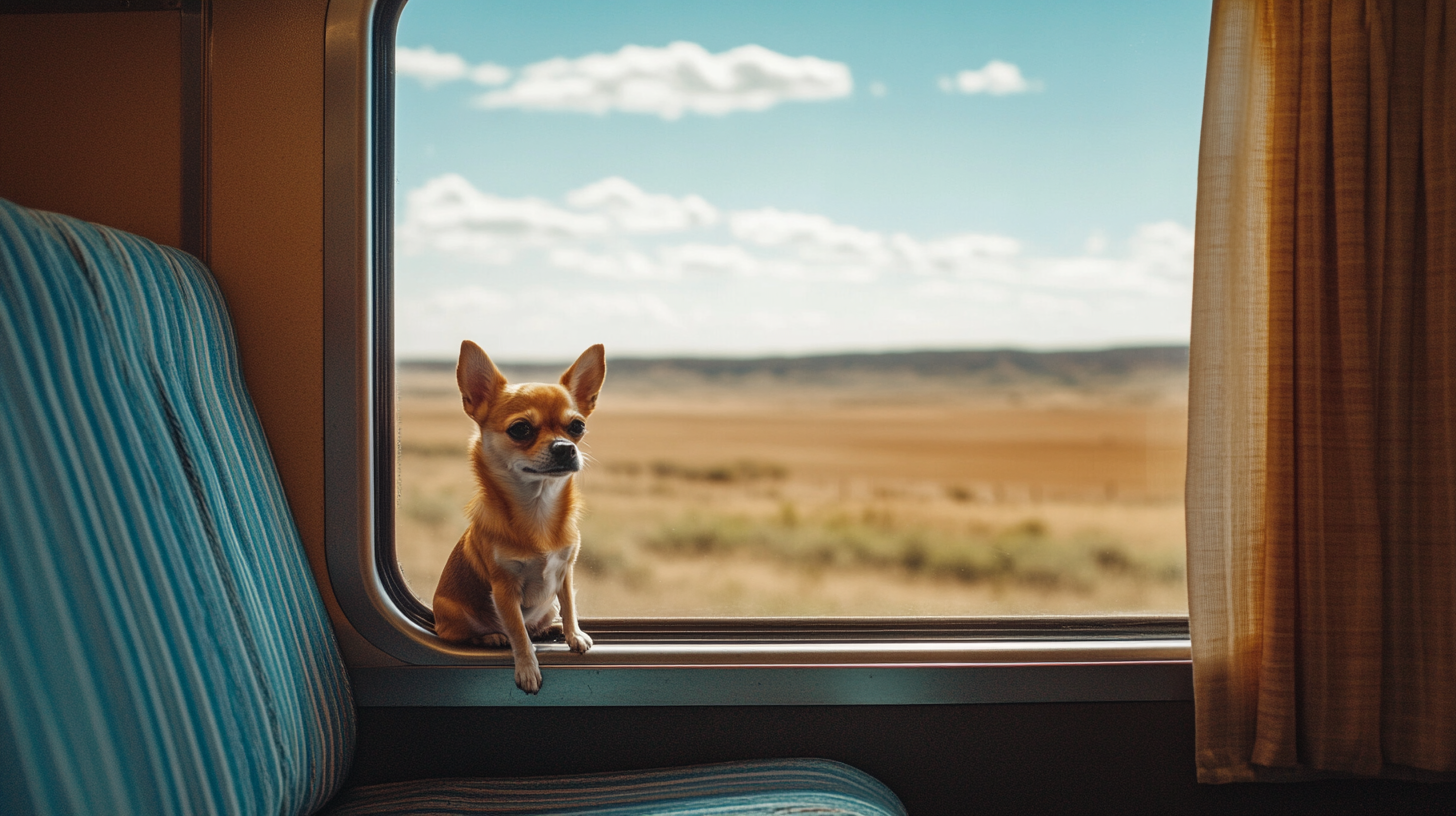
In recent years, Amtrak has recognized the growing desire among travelers to bring their pets along on journeys. Embracing this trend, Amtrak has made significant strides in accommodating pet owners, allowing small cats and dogs to accompany passengers on numerous routes across the country. This progressive approach not only enhances the travel experience for pet owners but also opens up new possibilities for exploring destinations without the worry of leaving a beloved pet behind. To navigate Amtrak’s pet-friendly services effectively, it’s essential to understand the specific guidelines and requirements in place. Here are the key points of Amtrak’s pet policy:
- Pets must be dogs or cats weighing up to 20 pounds, including the weight of the carrier. This weight limit ensures that pets can be safely accommodated within the train’s space constraints.
- Travel is limited to trips of seven hours or less on most routes. This restriction is in place to ensure the comfort and well-being of the pets during the journey.
- Pets must be at least eight weeks old and in good health, with up-to-date vaccinations. This requirement helps prevent the spread of diseases and ensures that young animals are mature enough to handle the stresses of travel.
- A secure carrier is required, which counts as a carry-on item and must fit under the seat. The carrier should provide enough space for the pet to move comfortably while keeping them safely contained.
- A fee of $26 applies for pet travel. Alternatively, passengers can redeem 800 Amtrak Guest Rewards points. This fee contributes to the additional cleaning and maintenance costs associated with pet travel.
- Reservations are necessary, as only five pets are allowed per train and only one pet per passenger. This limit helps manage the number of animals onboard, ensuring a pleasant experience for all passengers.
- Pets are permitted in Coach Class only and must remain in their carriers throughout the journey. This policy maintains a consistent environment and minimizes disturbances in other sections of the train.
- Pets are not allowed on certain routes, such as the Adirondack and Auto Train, and cannot travel to or from Canada due to specific regulations and cross-border policies.
- Service animals are welcome on all routes at no additional cost, while emotional support animals require prior documentation and must adhere to pet policies. This distinction aligns with federal guidelines regarding service animals and their roles.
For the most detailed and up-to-date information, or to make a reservation for your pet, visit Amtrak’s pet policy page or call 1-800-USA-RAIL. Planning ahead and familiarizing yourself with all requirements will help ensure a seamless booking process.
Preparing for Your Journey
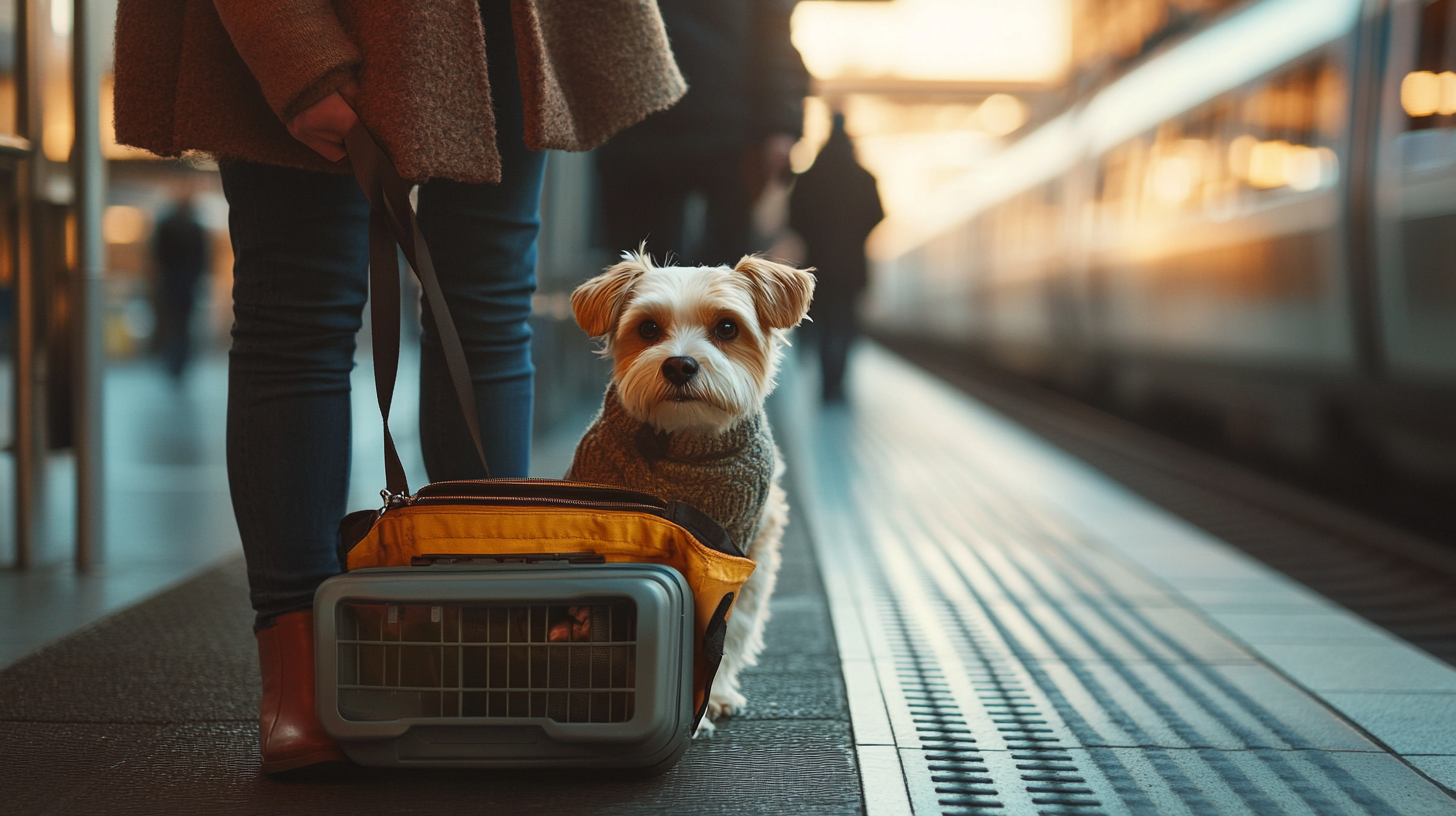
Thorough preparation is the cornerstone of any successful journey, especially when traveling with a pet. Taking the time to consider every aspect of the trip from your pet’s perspective can greatly enhance their comfort and reduce stress. Below are some essential tips to help you and your pet have a pleasant and memorable travel experience:
Make Advance Reservations
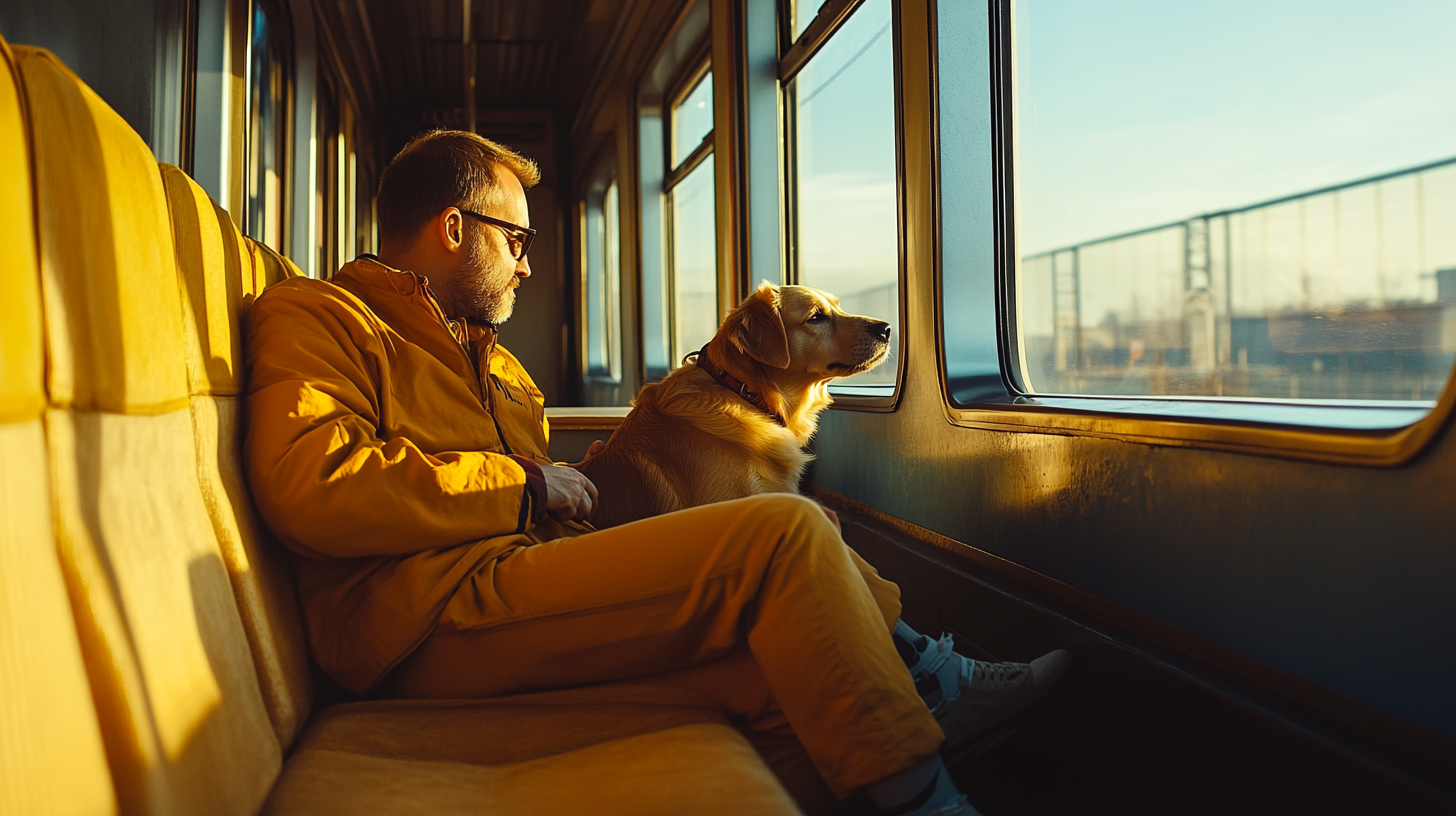
Due to the limited number of pets allowed per train—only five per departure—it is imperative to make your reservations well in advance. This is especially true during peak travel seasons when trains are busier, and the demand for pet accommodations is higher. When booking your ticket, be sure to select the pet-friendly option and confirm that all details are correctly noted on your reservation. Paying any applicable fees upfront will streamline the check-in process and prevent any last-minute surprises. Early reservation not only secures a spot for your pet but also gives you ample time to prepare for the trip.
Choose the Right Carrier
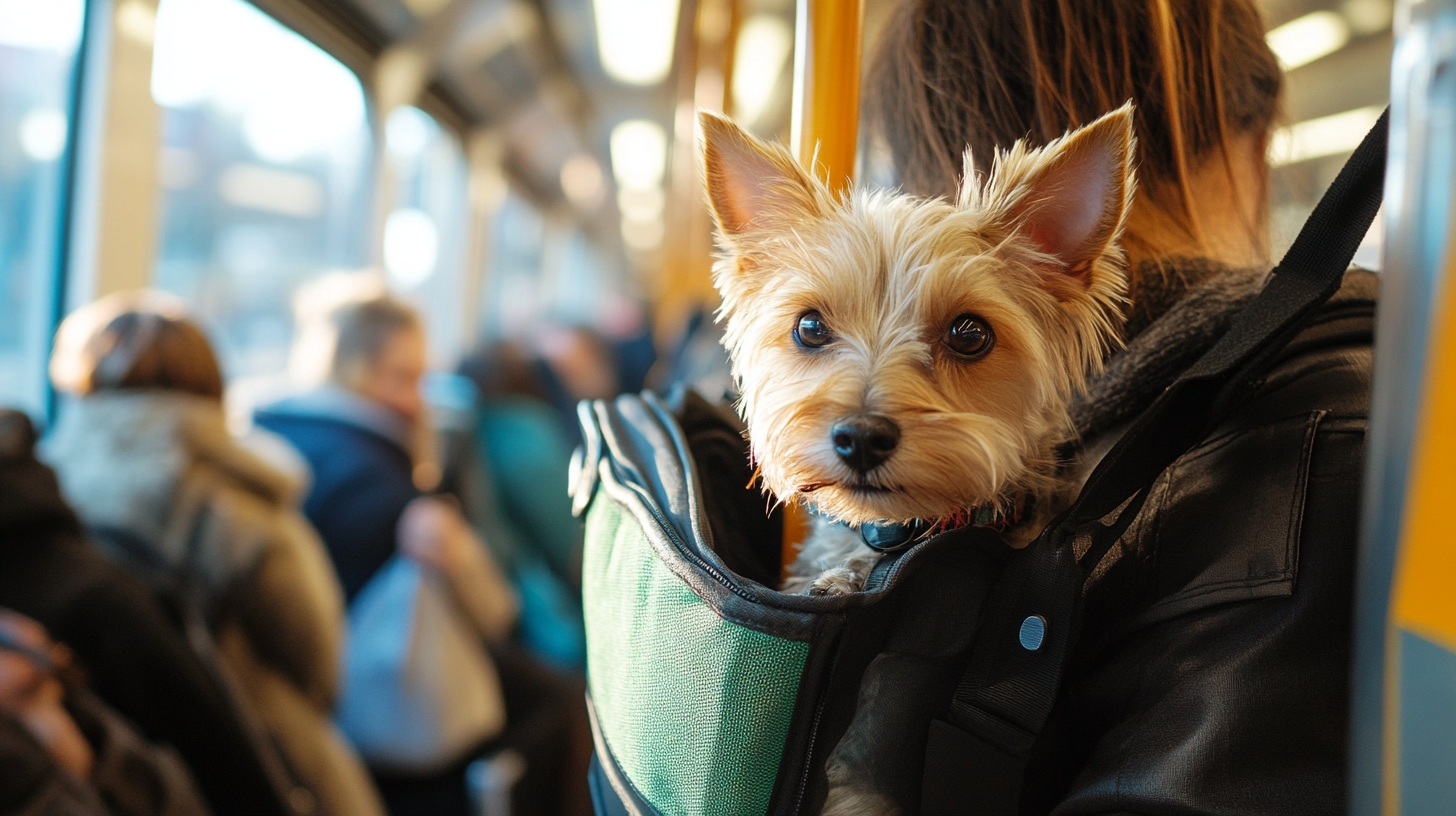
Selecting the appropriate carrier is crucial for your pet’s comfort and safety during the journey. The carrier should be sturdy, secure, and well-ventilated to ensure that your pet has a steady flow of fresh air. It must comply with Amtrak’s size requirements, typically not exceeding 19″ long x 14″ wide x 10.5″ high, as it needs to fit comfortably under the seat in front of you. Inside, there should be enough space for your pet to sit upright without touching the top of the carrier, lie down, and turn around naturally. Consider adding a soft bedding material to provide extra comfort and absorb any accidents. Additionally, ensure that the carrier has secure latches to prevent any escapes during transit. Investing time in finding the perfect carrier can make a significant difference in your pet’s travel experience. To ensure you select the best carrier for your pet, consider reviewing the Pet Carrier Selection Guide for Train Travel , which provides detailed information on compliant and comfortable carriers suitable for train journeys.
Familiarize Your Pet with the Carrier
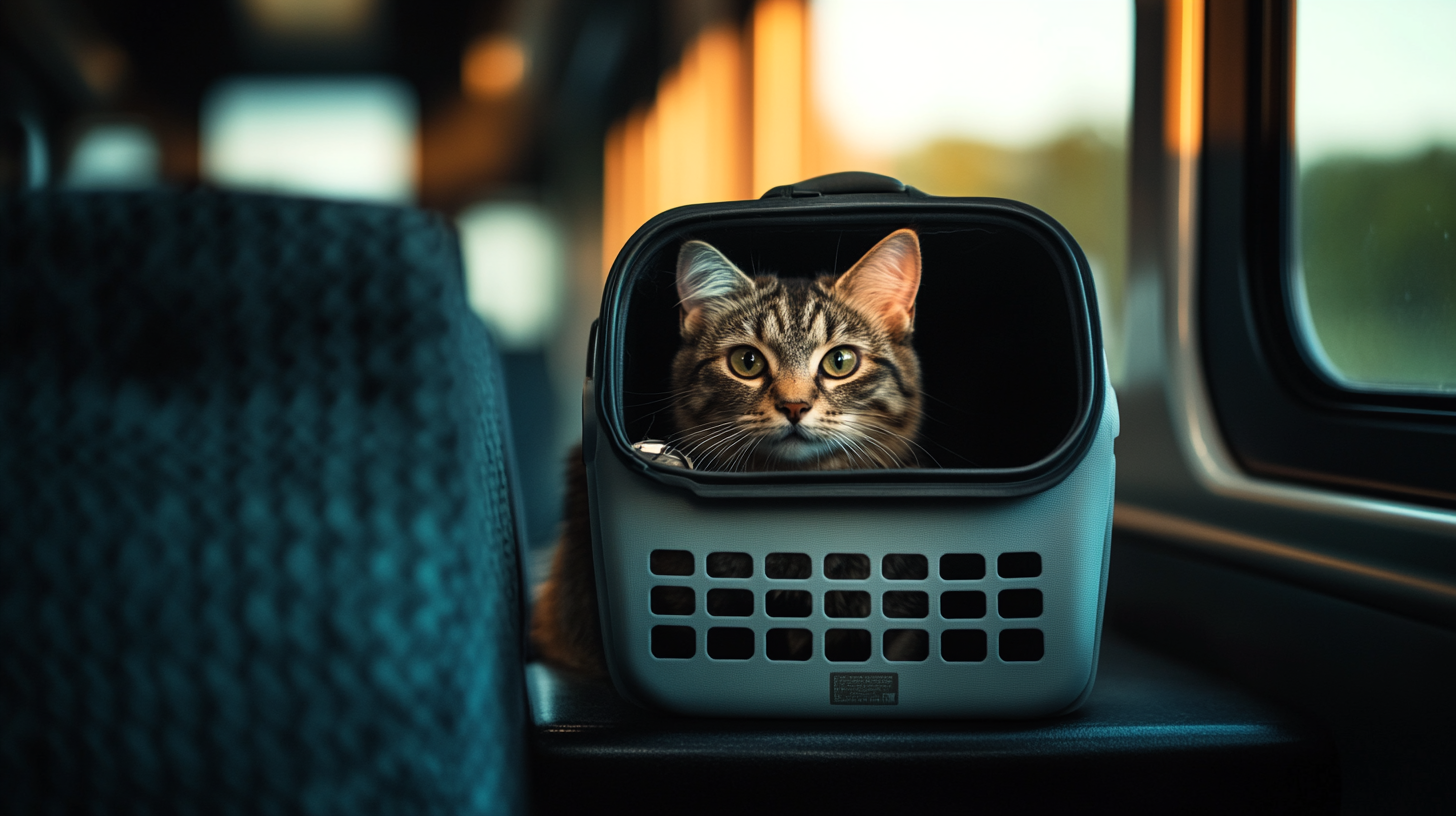
Animals can be wary of new environments, and a carrier can feel confining if they are not accustomed to it. To ease any anxiety, introduce your pet to the carrier well in advance of your travel date. Place the carrier in a familiar area of your home and encourage your pet to explore it voluntarily. You can entice them by placing their favorite toys, treats, or a familiar blanket inside. Allow your pet to spend increasing amounts of time in the carrier with the door open, gradually closing the door for short periods as they become more comfortable. This acclimation process helps your pet associate the carrier with positive experiences, reducing stress during the actual journey.
Pack Essential Supplies

Packing thoughtfully will ensure that you have everything needed to care for your pet during the trip. Essential items include:
- Collapsible water bowl and extra water: Hydration is vital, especially on longer journeys or warm days. A collapsible bowl is convenient and saves space.
- Pet treats and food for long trips: Bring enough of your pet’s regular food to last the journey, along with some treats to reward good behavior and provide comfort.
- Waste bags and cleaning supplies: Accidents can happen. Being prepared with waste bags, paper towels, and a disinfectant ensures you can quickly address any messes.
- Leash and collar with ID tags: Even though pets must remain in carriers during the trip, having a leash and ID tags is essential for safety during arrivals, departures, and potential emergencies.
- Copies of vaccination records: Having documentation of your pet’s vaccinations and medical history can be useful if any issues arise or if proof is requested by officials.
Arrive Early for Check-In

Arriving at the station early—ideally 30 to 45 minutes before departure—is crucial when traveling with a pet. This extra time allows you to navigate through the station without rushing, complete any necessary paperwork, and address any unforeseen issues. Early arrival also gives your pet a chance to acclimate to the bustling environment, which can help reduce stress. If your pet needs a last-minute bathroom break or some reassuring attention, you’ll have the time to provide it without worrying about missing your train. Boarding early ensures you can find your seat, stow the carrier securely, and get settled before the train departs.
Ensure Compliance with Behavior Guidelines
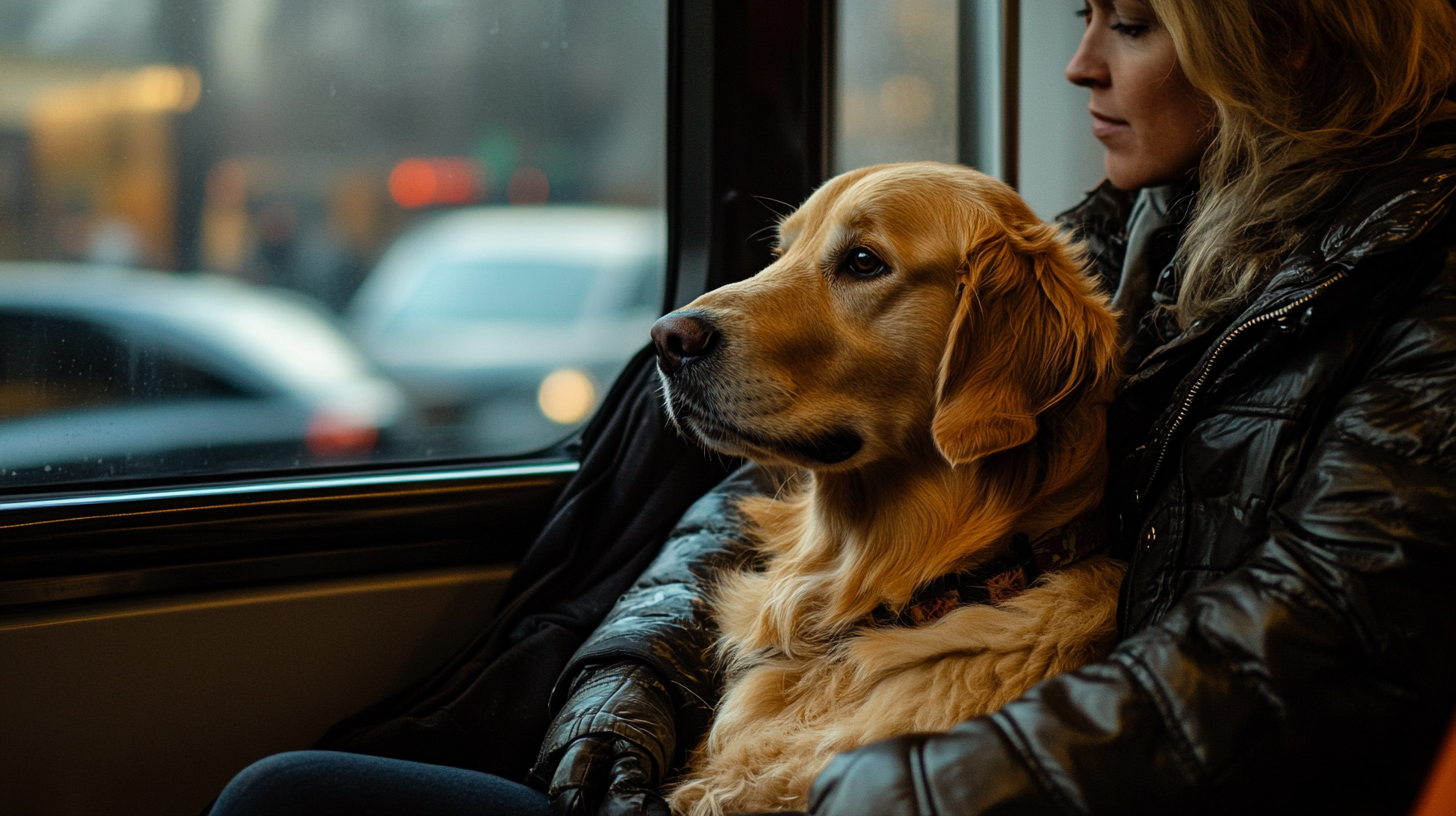
It’s important that your pet remains calm and behaves appropriately throughout the journey. Train environments can be stimulating, with unfamiliar sights, sounds, and smells that may excite or stress your pet. To minimize disturbances, ensure your pet is well-trained or accustomed to such environments. If your pet tends to be nervous or vocal, consider spending time working on behavior training prior to the trip. Bringing along familiar items, like a favorite toy or blanket, can provide comfort. Remember, consistent disruptive behavior, such as excessive barking or whining, can lead to complaints from other passengers and may result in you and your pet being asked to disembark at the next stop. Maintaining good pet etiquette is essential for a pleasant experience for everyone on board.
Regional and Commuter Train Policies
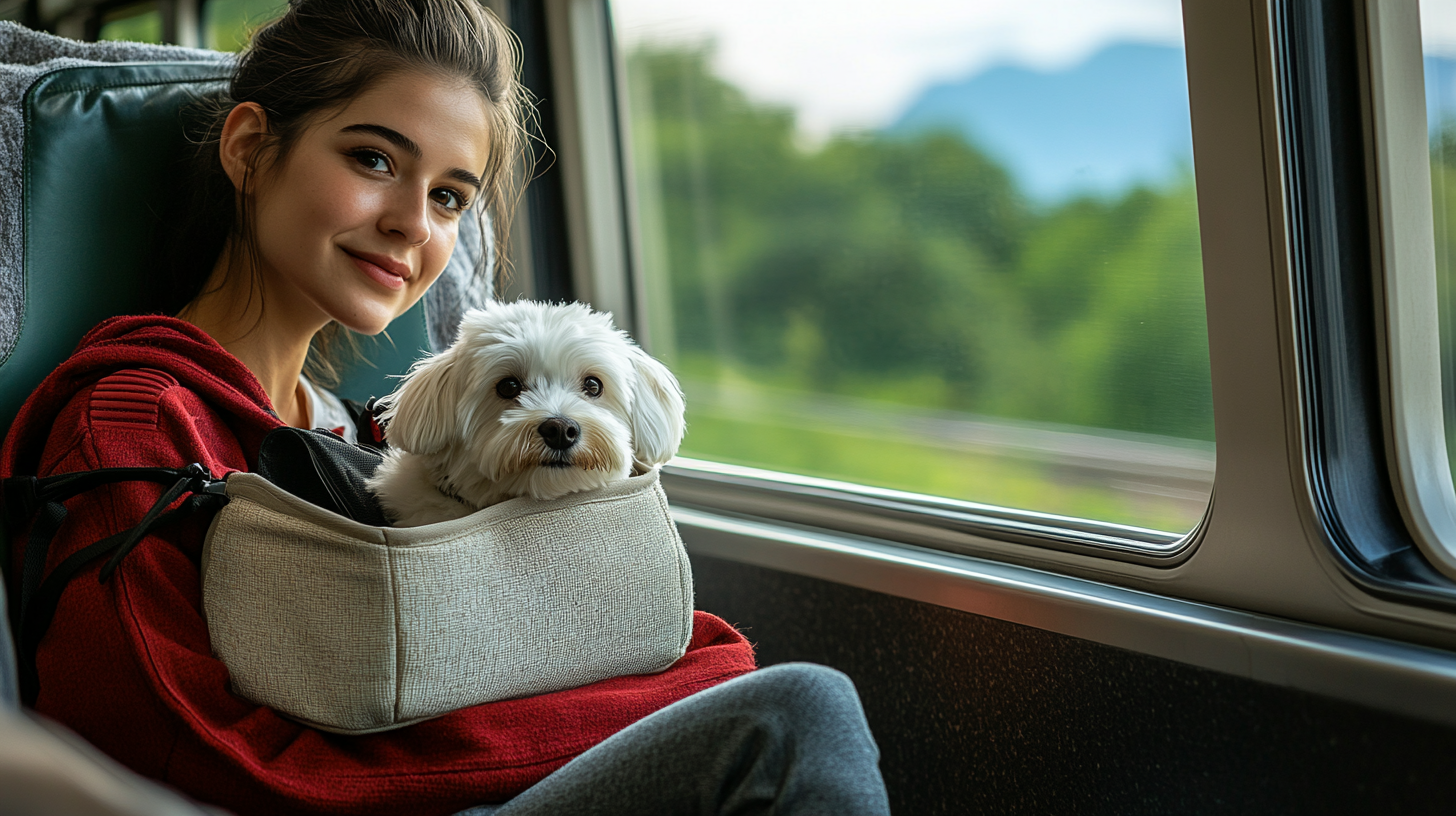
When planning to travel on regional or commuter trains, it’s crucial to recognize that each operator may have its own set of pet policies, which can differ significantly from those of Amtrak. For instance, the Massachusetts Bay Transportation Authority (MBTA), Metro-North Railroad, and Long Island Rail Road (LIRR) typically allow small pets in carriers. However, they may impose restrictions during peak commuting hours to avoid overcrowding and ensure passenger comfort. Some operators might have size limitations, require pets to be muzzled, or have designated areas for pet carriage. Given these variations, it’s imperative to consult the specific pet policy of the regional or commuter train operator prior to your trip. Doing so will help you avoid any surprises and ensure compliance with their regulations, making your journey smoother and stress-free. For a comprehensive understanding of different operators’ rules, consult the Guide to Regional and Commuter Train Pet Policies , which outlines the pet policies for various train lines across the country.
International Train Travel with Pets

Embarking on international train travel with your pet introduces a new layer of complexity. Crossing borders involves not only complying with train operators’ pet policies but also adhering to the import regulations and health requirements of the destination country. Careful planning and thorough preparation are vital to ensure a smooth transit. Below are key considerations for some popular international train routes:
Canada – VIA Rail

- VIA Rail Canada permits small pets to travel on select routes, provided they meet specific criteria similar to those of Amtrak. Pets must be transported in a carrier that can fit comfortably at your feet or under your seat, without obstructing aisles or other passengers.
- It’s important to note that certain breeds, such as pit bulls, are prohibited on VIA Rail trains due to provincial legislation in places like Ontario banning the breed. Travelers with service animals are exempt from this restriction but should be prepared to provide appropriate documentation if requested.
- When traveling to or through Canada, additional documentation such as a valid rabies vaccination certificate and a health certificate issued by a licensed veterinarian may be required. Always check the latest requirements from the Canadian Food Inspection Agency.
For detailed guidelines, refer to the VIA Rail Pet Travel Policies .
Europe
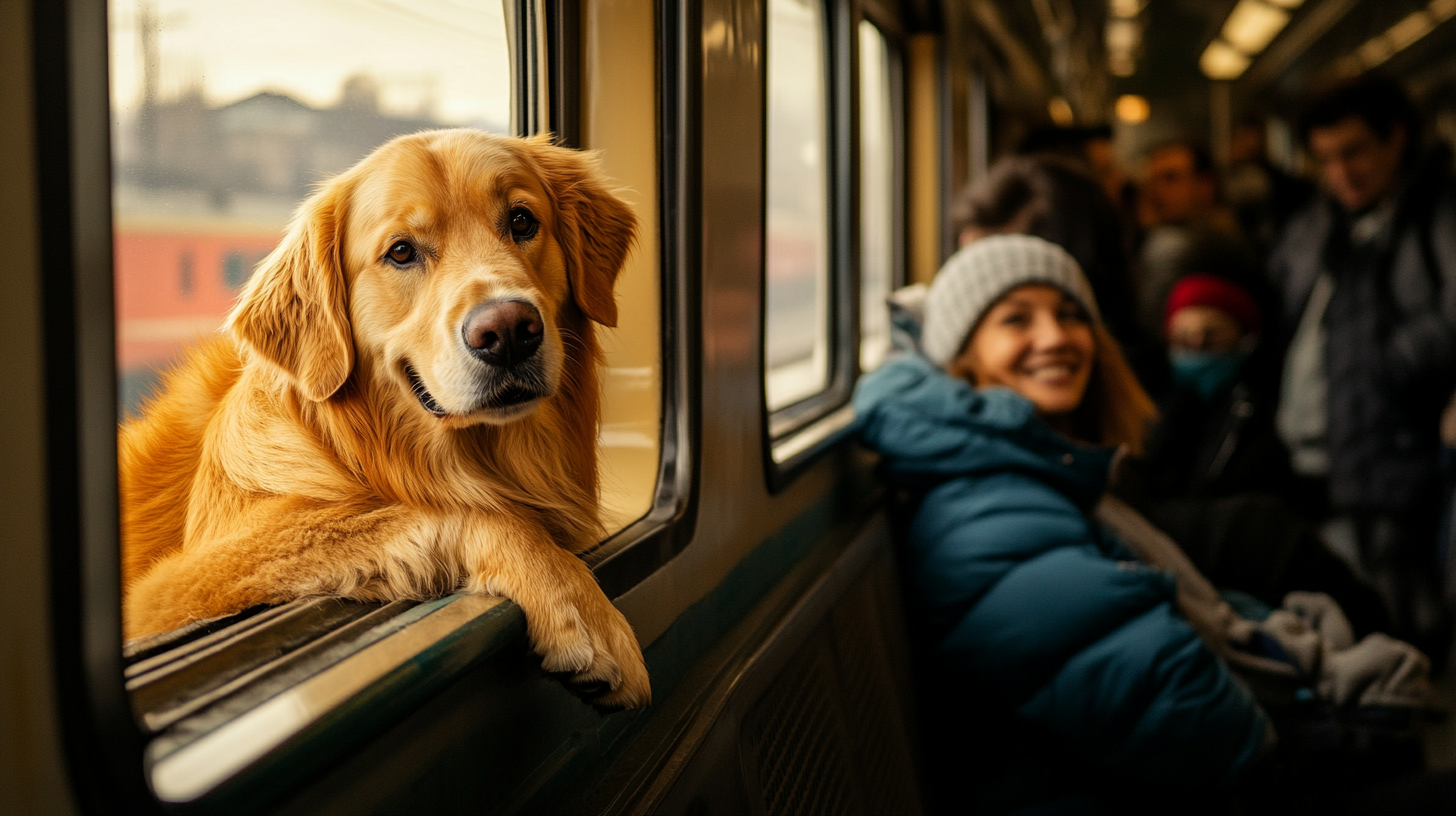
- European train policies vary widely across countries and train operators. In general, Europe’s extensive railway networks are quite pet-friendly, but it’s essential to research each operator’s specific rules.
- Many trains, such as those operated by Germany’s Deutsche Bahn or France’s SNCF, allow small pets to travel for free if they are transported in carriers that can be placed on the passenger’s lap or under the seat. The carrier should be secure and prevent the pet from escaping.
- Larger dogs are often permitted on board but may require the purchase of a reduced fare ticket, typically costing around 50% of a standard second-class ticket. These dogs must usually be kept on a leash and may be required to wear a muzzle in certain countries or on specific services.
- Guide dogs accompanying visually impaired passengers are generally allowed on all trains free of charge and are not subject to the same restrictions as other pets. They are recognized as essential companions and are typically exempt from muzzling and carrier requirements.
- When crossing borders within the European Union, pets must have a valid EU Pet Passport, which includes proof of microchipping, up-to-date rabies vaccination, and, in some cases, tapeworm treatment.
For specific country regulations, consult the European Train Pet Travel Guide , which provides detailed information on pet policies across different European train operators.
When traveling internationally, always verify pet policies, required documentation, and any breed-specific restrictions well in advance. Each country may have unique requirements, and failure to comply can result in denied boarding or quarantine of your pet.
The Benefits of Train Travel with Pets
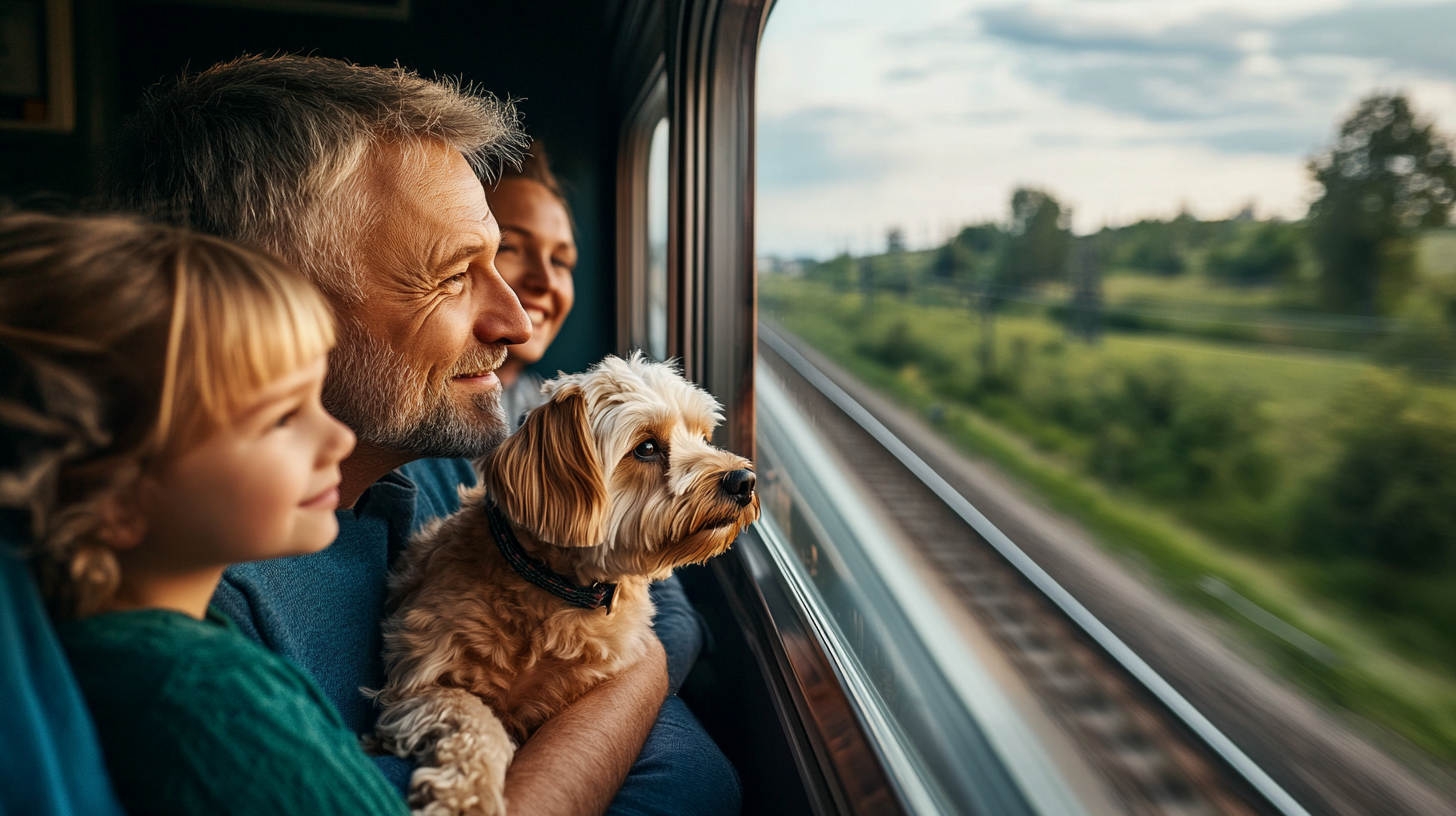
Opting for train travel when journeying with your pet presents a multitude of benefits that can enhance the overall travel experience for both you and your animal companion. Trains offer a unique blend of comfort, convenience, and accessibility that often surpasses other modes of transportation. Here are some compelling advantages to consider:
Reduced Stress for Pets
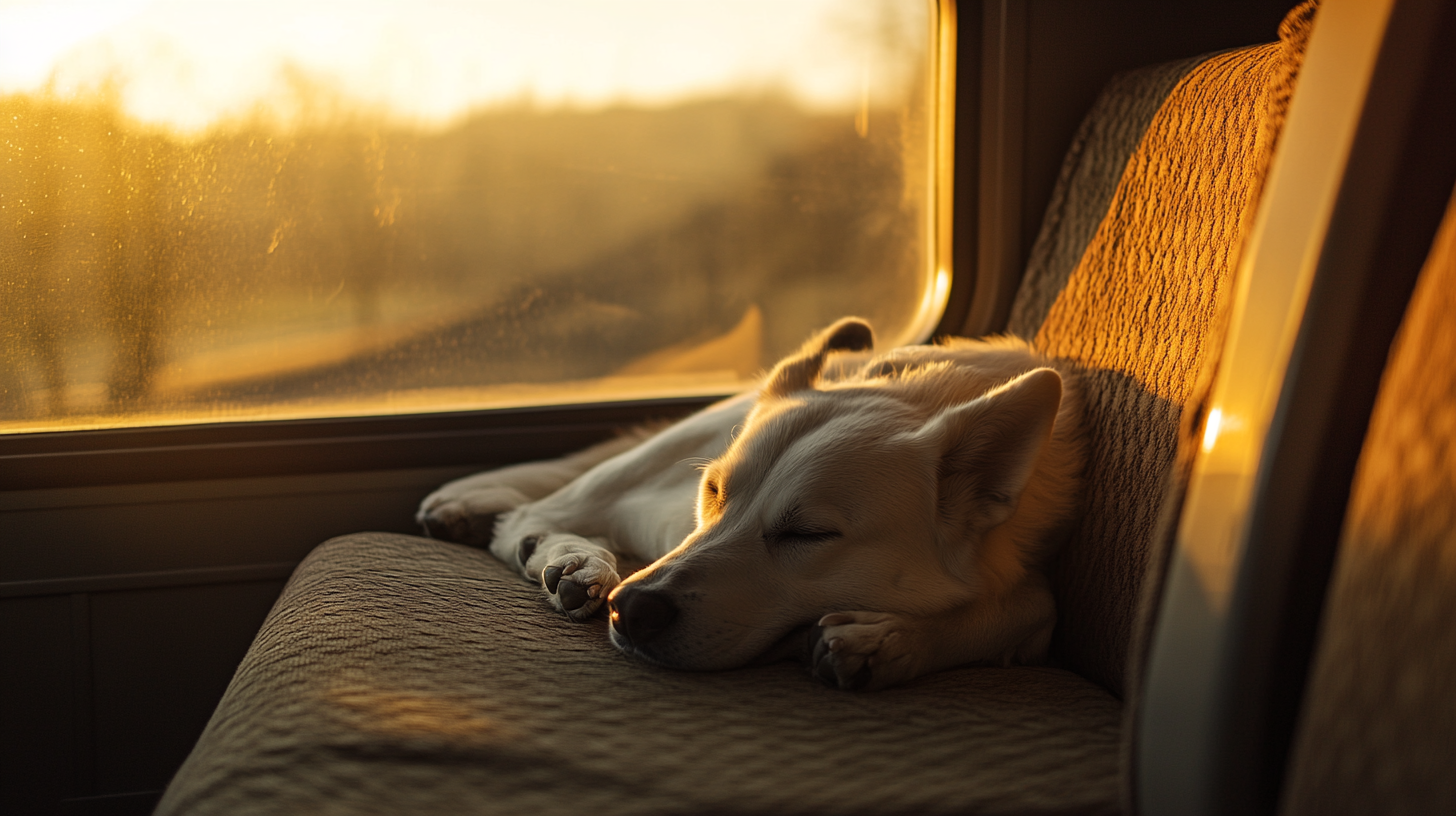
Unlike air travel, which involves significant changes in air pressure, altitude fluctuations, and loud mechanical noises, train travel offers a steady and calm environment. The gentle rocking motion, rhythmic sounds of the tracks, and absence of turbulence make trains a less stressful mode of transportation for animals. Pets remain close to their owners throughout the journey, which provides additional comfort and reassurance. The familiar presence of their human companion can greatly alleviate anxiety and prevent the distress often associated with separation during flights.
Spacious Environment and Regular Stops
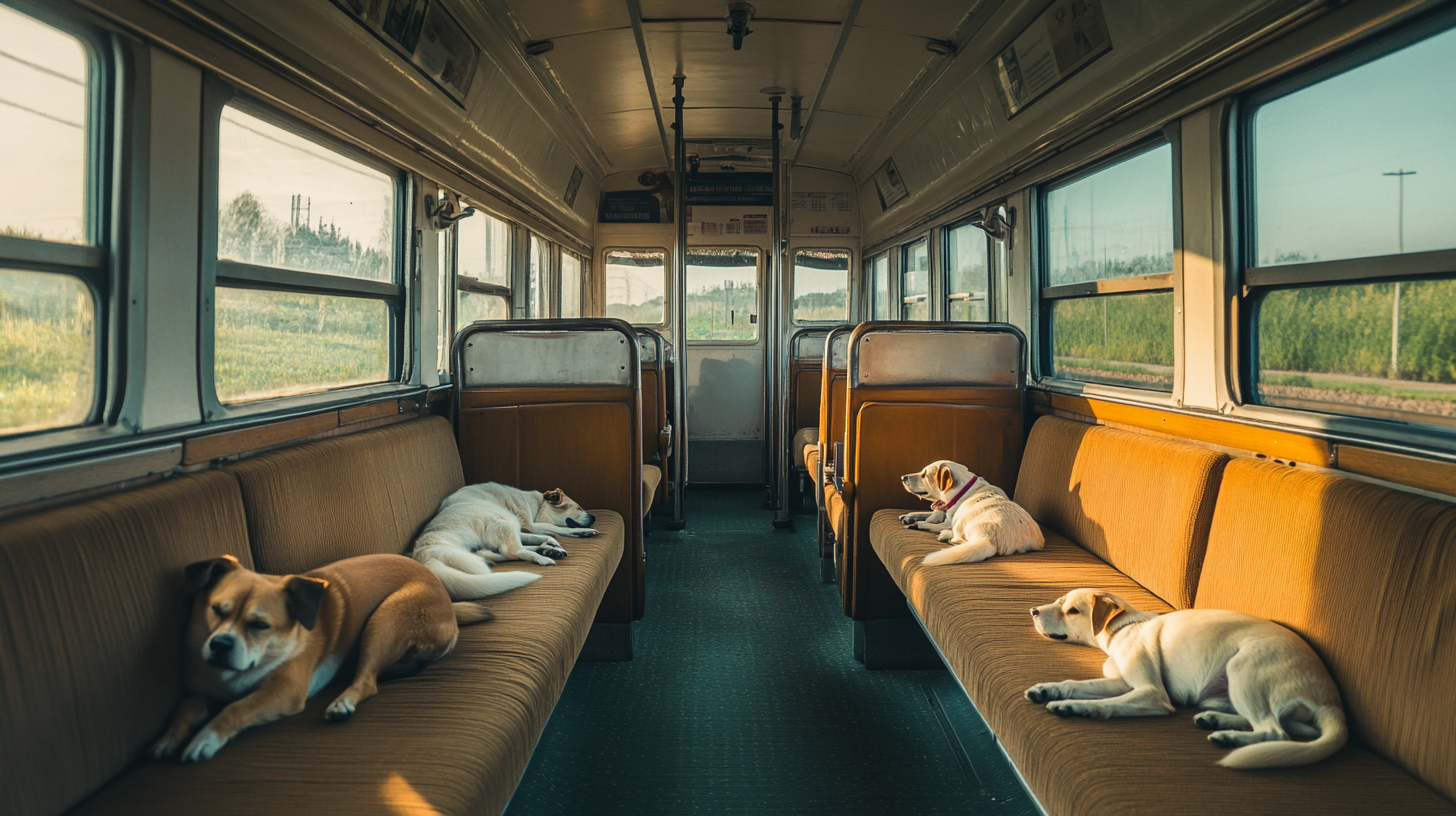
Compared to the confined spaces of airplane cabins or cars, trains generally provide more room to move and adjust positions, which can be beneficial for both you and your pet. The availability of aisles and sometimes larger seating areas allows for better accommodation of pet carriers. Additionally, many train routes include regular stops at stations, providing brief periods where you can check on your pet’s comfort. While pets must remain in carriers during the train ride, these stops offer opportunities to ensure your pet’s needs are being met. This flexibility contributes to the overall comfort and well-being of your pet during extended travel times.
Cost-Effective Option
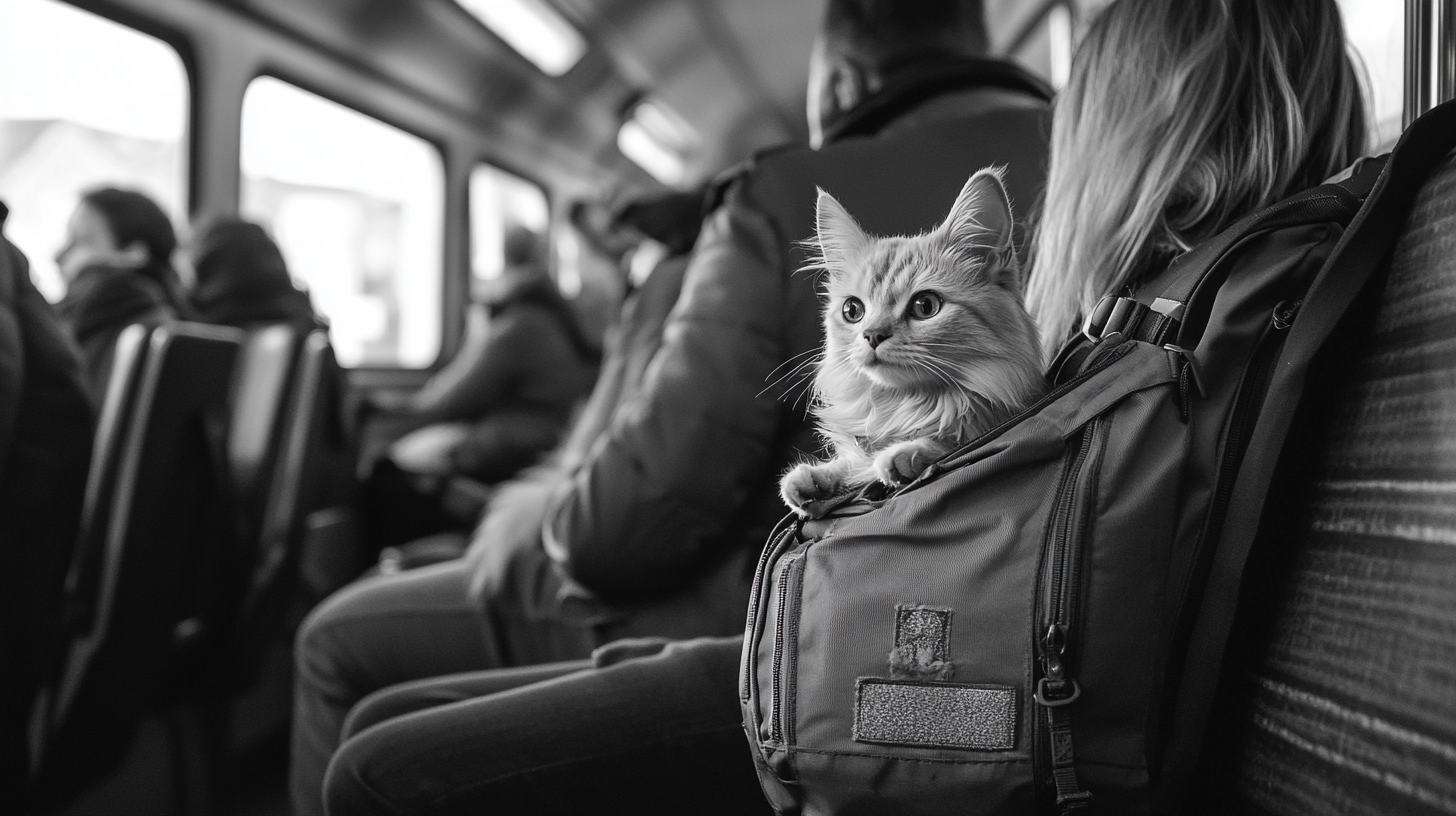
Financial considerations are important when planning a trip, and traveling by train can be more economical when bringing a pet. Pet fees on trains tend to be lower than airline charges, which often include substantial costs for pet tickets, carrier fees, and sometimes mandatory shipping in the cargo hold. Additionally, unlike airlines that may require special handling or boarding procedures for pets, trains typically have straightforward policies without hidden fees. This cost-effectiveness makes train travel an attractive option for budget-conscious travelers who do not want to incur excessive expenses to keep their pets by their side.
Environmental Considerations
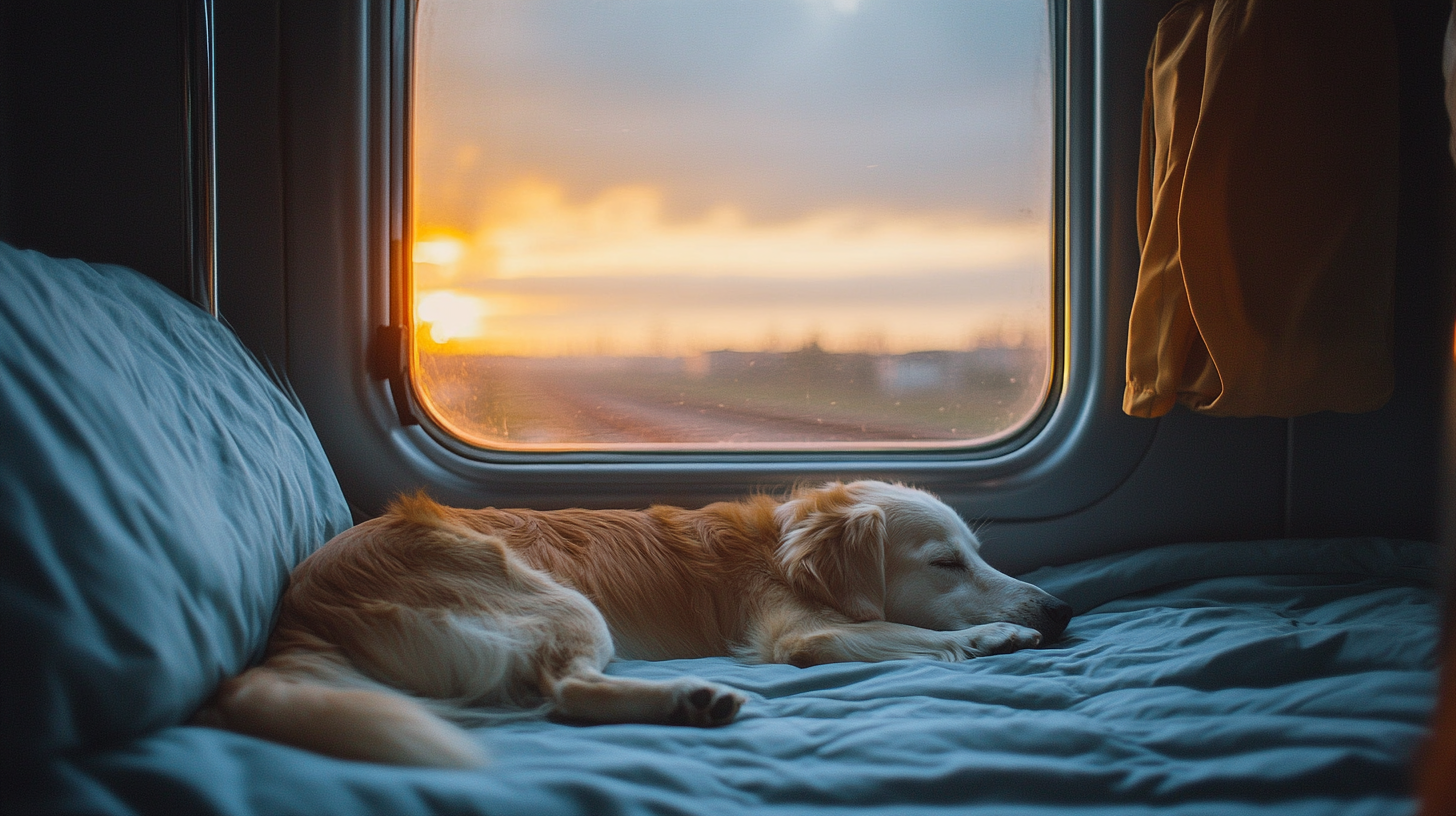
For travelers who are mindful of their carbon footprint, trains offer a more sustainable mode of transportation. Trains are among the most energy-efficient means of mass transit, producing significantly lower greenhouse gas emissions per passenger mile than airplanes or cars. By choosing to travel by train, you reduce your environmental impact, supporting efforts to combat climate change. This alignment with eco-friendly practices allows you to enjoy your journey with the satisfaction of making a responsible choice for the planet.
Tips for a Smooth Journey

Check Train-Specific Restrictions
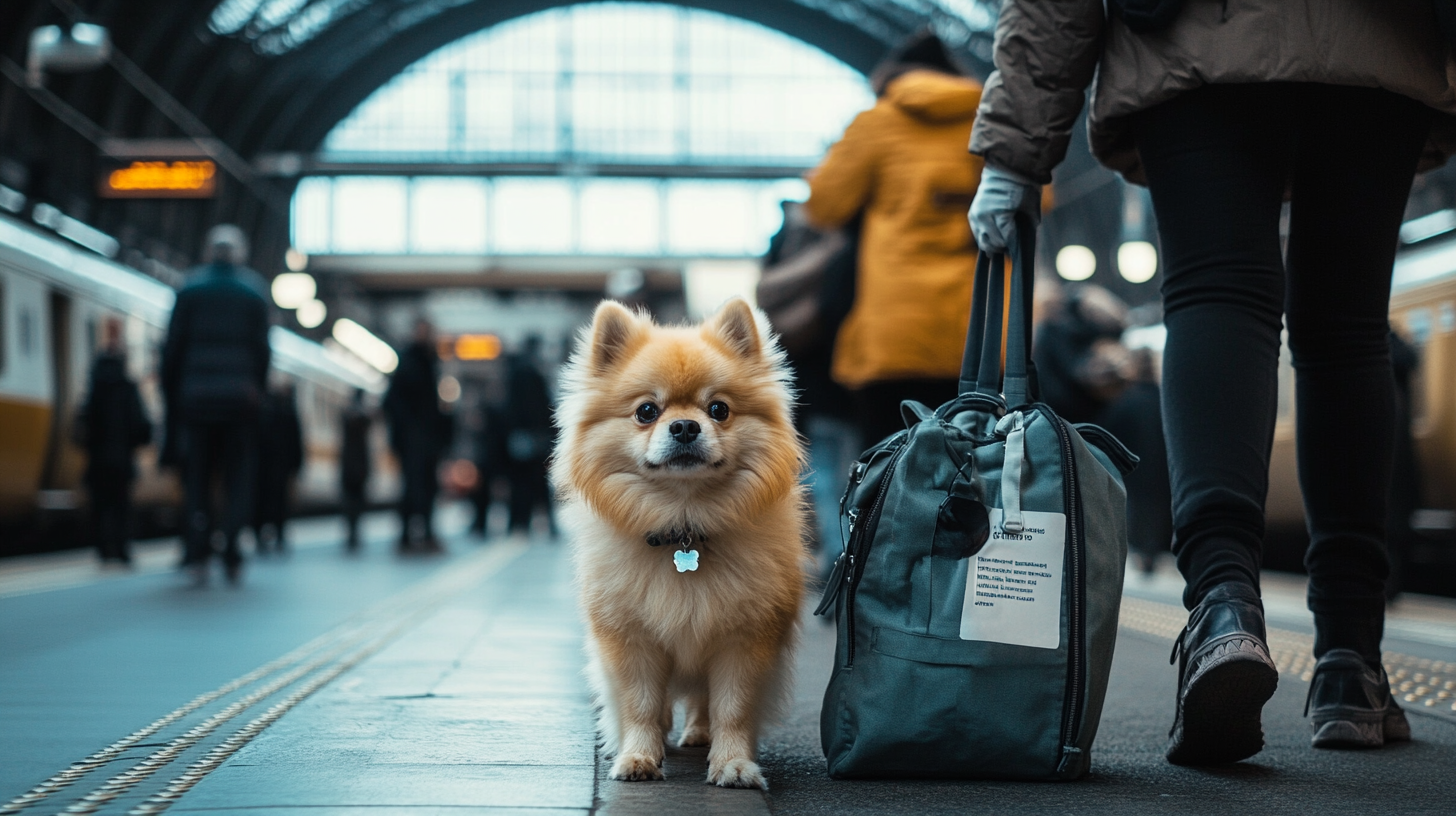
Before booking your trip, thoroughly research whether pets are permitted on the specific train service you intend to use. Some routes, especially high-speed or overnight trains, may prohibit pets altogether or have stricter regulations. Additionally, certain carriages or seating classes might be designated as pet-free zones to accommodate passengers with allergies or those who prefer not to be near animals. Understanding these restrictions in advance prevents unexpected issues on the day of travel and ensures that you select the most appropriate train service that accommodates both you and your pet comfortably.
Avoid Peak Travel Times

Choosing to travel during off-peak hours can significantly enhance your pet’s comfort. Crowded trains can be overwhelming for animals, leading to increased stress and anxiety. Off-peak travel typically means fewer passengers, a quieter environment, and more space to settle in. This tranquil setting can make a substantial difference in your pet’s behavior and overall experience. Moreover, with fewer distractions and disturbances, you can focus more attention on attending to your pet’s needs throughout the journey.
Prepare for Border Crossings
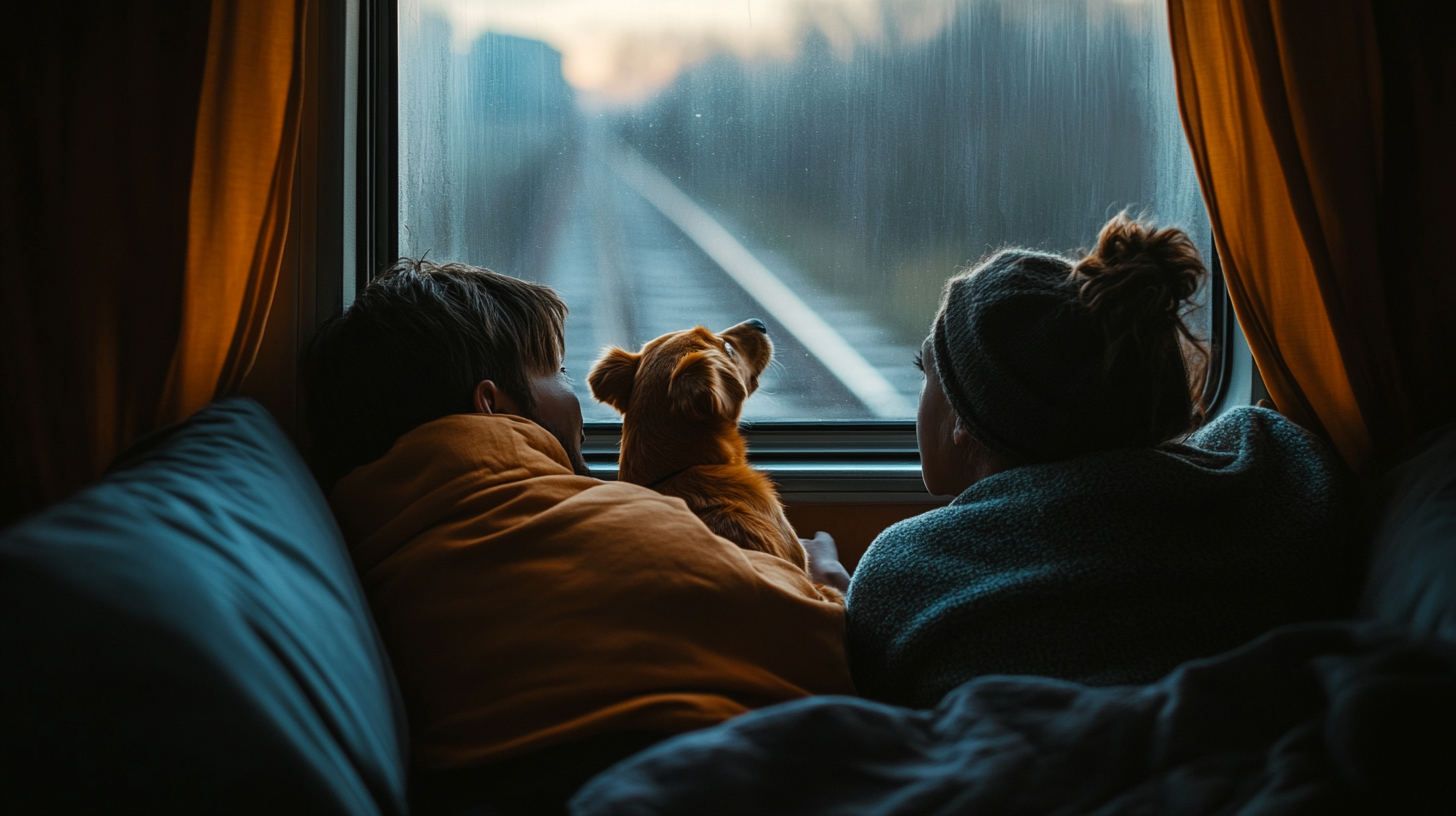
Border crossings introduce a complex array of regulations and documentation requirements. Each country has specific protocols concerning the importation of animals to prevent the spread of diseases and protect local ecosystems. Key documents often include an up-to-date health certificate issued by a licensed veterinarian, proof of rabies vaccination, and sometimes blood tests or parasite treatments. Some countries enforce mandatory quarantine periods, while others require microchipping for identification purposes. Failure to provide the necessary paperwork can result in your pet being denied entry, quarantined at your expense, or even returned to the country of origin. Therefore, it’s essential to thoroughly research and prepare all required documents well in advance of your trip. Consulting the embassy or official customs agency of your destination country can provide authoritative guidance on these matters. For more information on international pet travel requirements, refer to the International Pet Travel Documentation Checklist , which outlines the necessary steps for smooth border crossings.
Consider Pet Anxiety Solutions
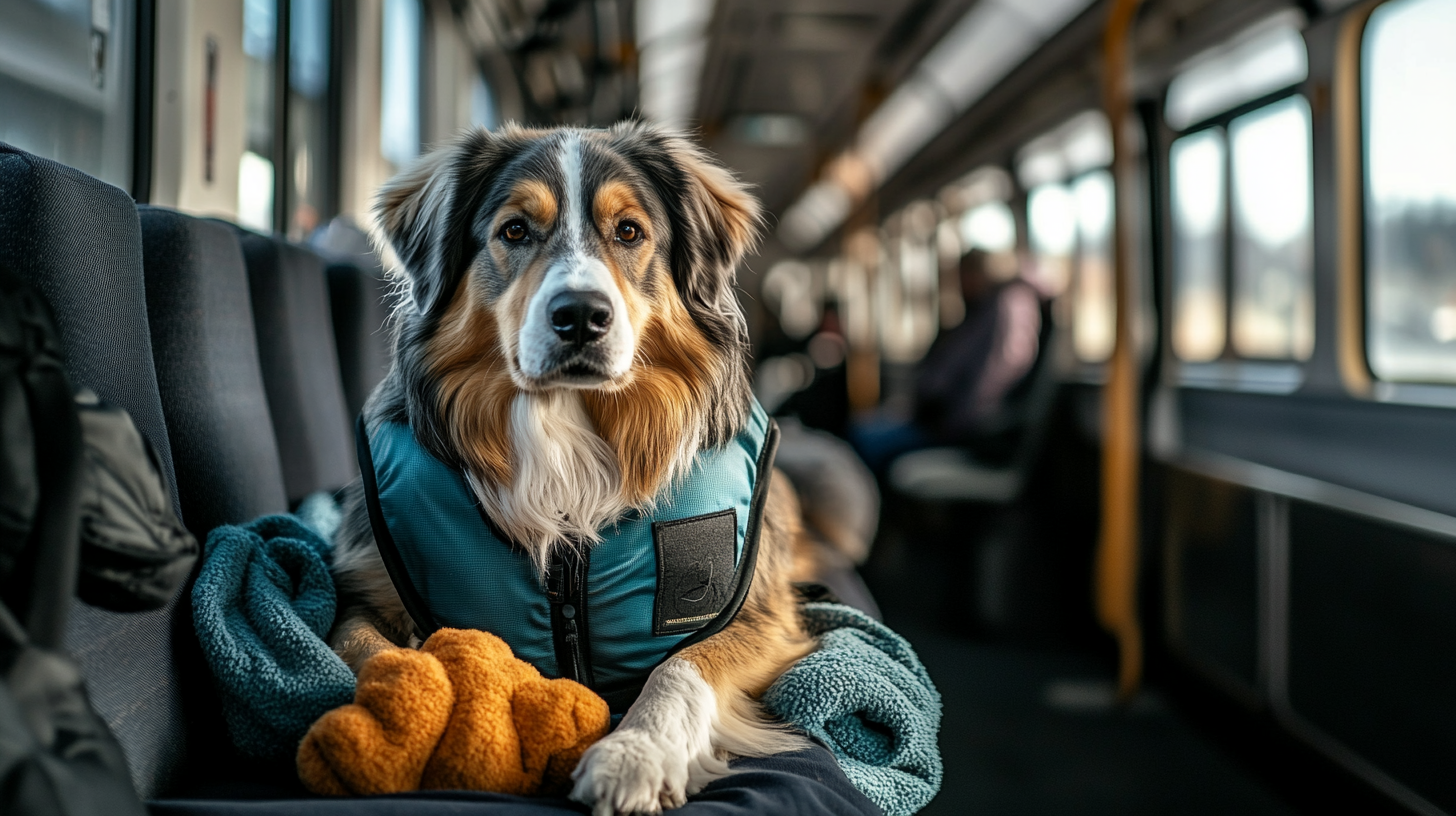
Travel can be a source of stress for pets, especially those unaccustomed to new environments or sensitive to noise and motion. If your pet exhibits signs of anxiety, such as excessive panting, shaking, or vocalization, it’s advisable to consult your veterinarian before the trip. They may recommend solutions such as calming supplements, pheromone sprays, or, in some cases, mild sedatives. These products can help soothe your pet and make the journey more comfortable. Additionally, using natural remedies like lavender-scented items or ensuring the carrier is partially covered to create a den-like atmosphere can also alleviate stress. Always test any new products or strategies before the actual trip to observe how your pet responds and avoid adverse reactions.
Final Thoughts

Embarking on a train journey with your pet is more than just transportation—it’s an opportunity to create shared memories and strengthen the bond with your animal companion. With thoughtful preparation, respect for fellow passengers, and adherence to the established policies, you can transform what might have been a challenging experience into an enjoyable adventure.
Follow us back to BoardingArea for more travel tips and insights. Always stay informed about the latest guidelines from train operators like Amtrak and remain flexible to accommodate your pet’s needs throughout the trip. Remember, the key to a successful journey lies in the details—preparing well in advance, anticipating challenges, and embracing the experience with patience and enthusiasm. As you and your four-legged friend watch the world roll by through the train windows, you’ll discover that the journey can be just as rewarding as the destination itself.

